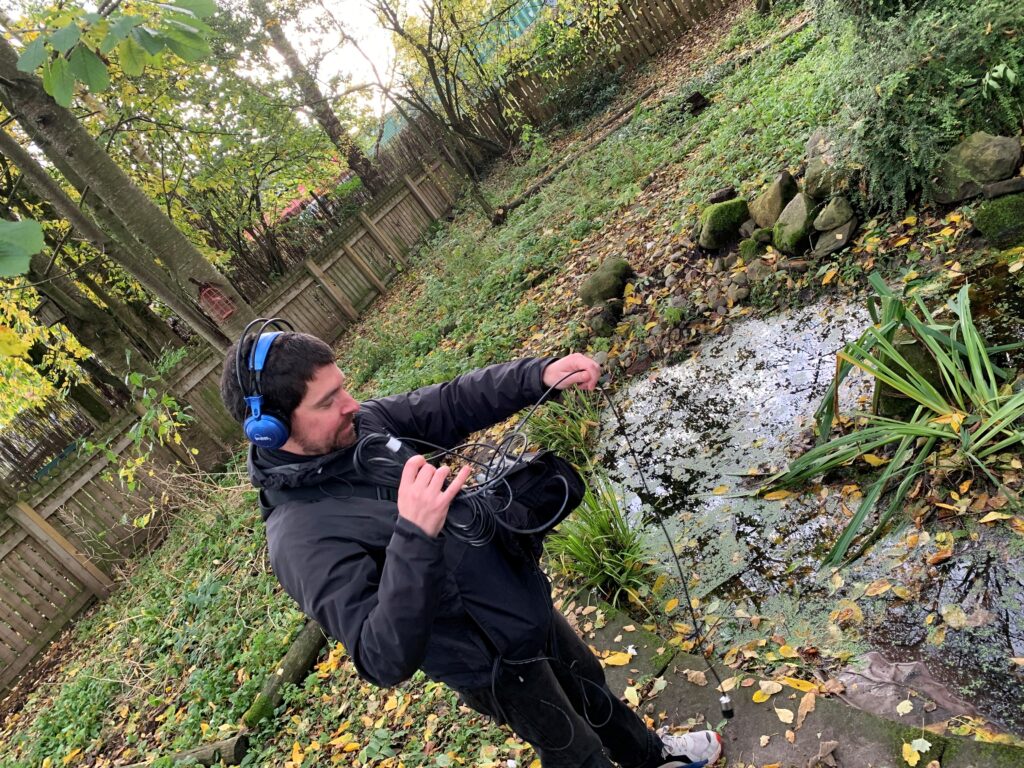News
Geopark at home 4
5 December 2024
Geopark at home
Activity 4 – fizzy rocks
Download a printable version of these instruction here.
Make ‘rocks’, watch them fizz and find out what this has to do with the landscape of the North Pennines.
You will need:
- Bicarbonate of soda
- Water
- Lemon juice or vinegar
- A bowl
- A small sealable bag (optional)
What to do:
Pour some bicarbonate of soda into the bowl. Add a tiny bit of water (only a tiny bit!) and mix it together to make a paste. Roll the paste into a ball, or ideally a few small balls. If it doesn’t stick together, add a tiny bit more water. Leave the balls to dry so they go hard. This can take a few hours.
Once they’re dry, drip some lemon juice (or vinegar, but it’s a bit smellier) onto one of your carbonate ‘rocks’. Look and listen for what happens to your rock. Try putting some lemon juice into a sealable bag and dropping one of the balls in and quickly sealing up the bag. Watch and feel what happens to it.



What’s going on?
Bicarbonate of soda is also known as sodium bicarbonate. It is made up of sodium, carbon and oxygen. The rock limestone is calcium carbonate, made up of calcium, carbon and oxygen. Carbonates react with things that are acidic like lemon juice or vinegar. When they do, they give off carbon dioxide gas which is why they fizz, bubble and inflate bags. The reaction also uses energy in the form of heat, so the bag might feel cold.
There is a lot of limestone in the North Pennines, formed when it was on the edge of a tropical sea around 360 to 300 million years ago. Limestone is formed from things like the shells and bones of sea creatures, which are also made of calcium carbonate. Carbon dioxide in the air dissolves in rainwater, making the rain very slightly acidic. The rain reacts with limestone and very, very slowly it fizzes away leaving formations like caves, limestone ‘pavement’ full of holes and gullies, and sink holes or shake holes where soil and other rocks above the limestone have fallen into the space where the limestone used to be.

Take it further:
- Add food colouring to the lemon juice to make interesting patterns on the surface of your ‘rocks’.
- Before rolling the paste into a ball, hide something in it like a shell, beads or a small plastic toy. Roll it up inside and leave the ‘rock’ to dry. Then give it to someone else you live with to fizz away the rock and find out what’s inside.
- Try different kinds of liquid and see whether the same thing happens. You could try different juices like orange or apple, or water from the tap, or rainwater.
Share your pictures or comments on Facebook or Twitter, and let us know if you enjoyed this Geopark at home activity.
Facebook: https://www.facebook.com/NorthPenninesAONB
Twitter: https://www.twitter.com/NorthPennAONB














